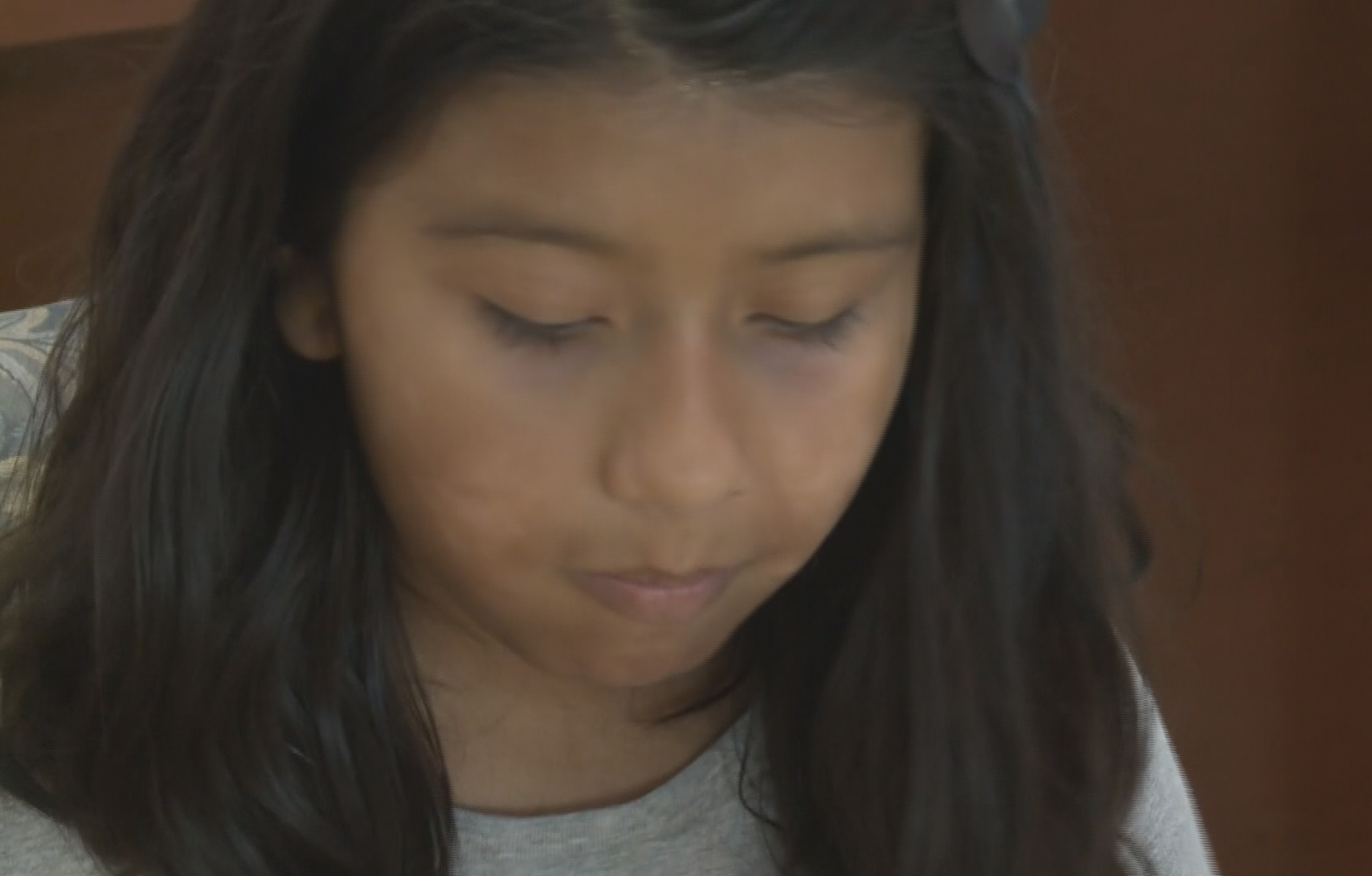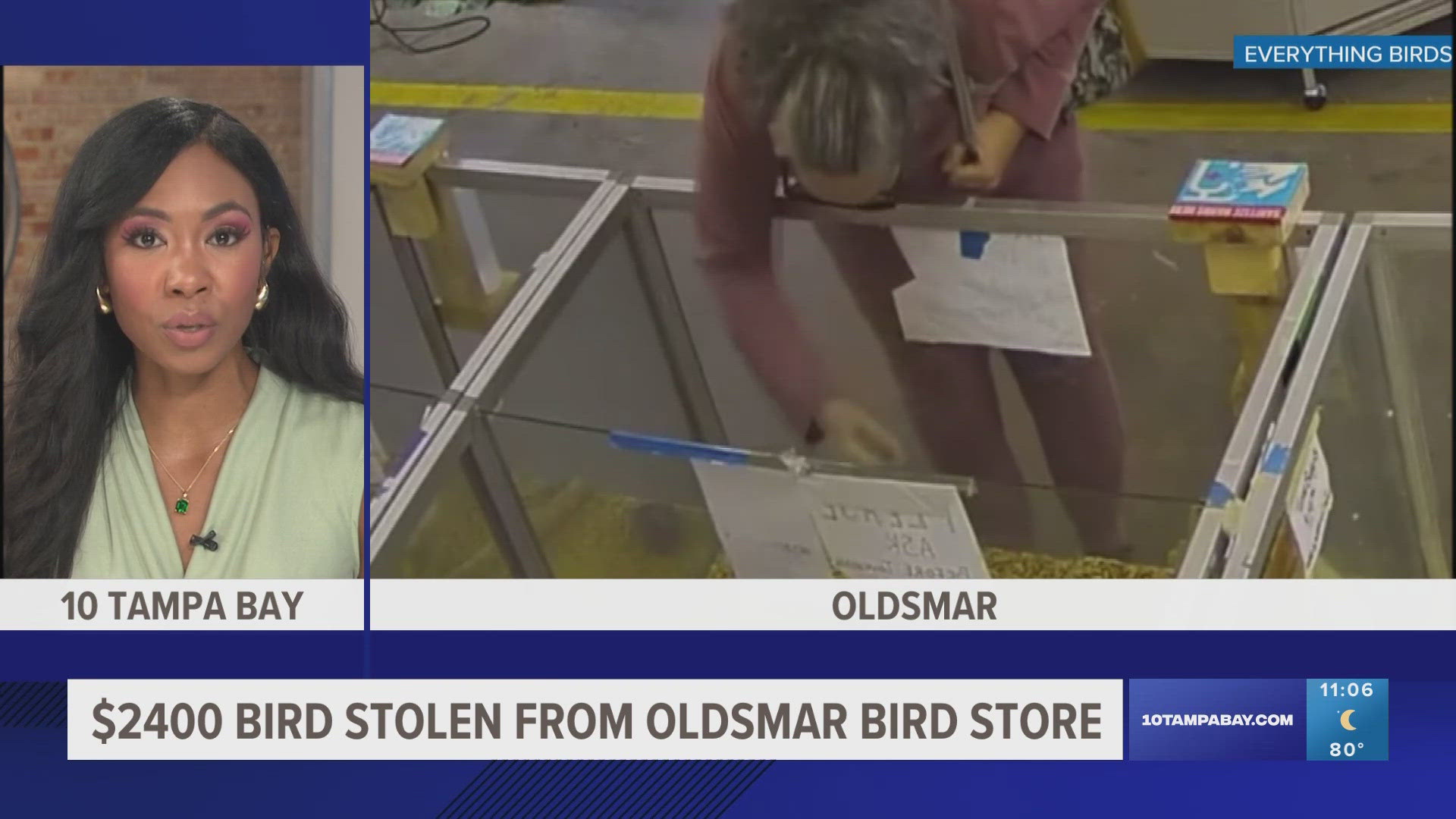As the Hispanic population continues to grow in the Bay area, that growth is reflected in our schools.
In fact, in Hillsborough County, nearly 34% of students are Hispanic. In Pinellas County, it's 14.5% and in Pasco County, 20%.
For a more detailed breakdown of the numbers from the Florida Department of Education, click here.
Some of these students enter the classroom not speaking English. Schools are working constantly to bridge the gap for these students.
Faith Sanchez is ready for fifth grade at High Point Elementary School in Clearwater, a school where 70% of the students are Hispanic. She needed a little extra help from the teacher when she started here a year ago because she was an ELL or English language learner. "She would give me the words that I couldn't really understand and she would give them to me in Spanish and English so me and my mom could work on them," Sanchez said.
Assistant Principal Julie Brewster says visuals are the key to breaking through the language barrier.
"Because if they don't know what the word is, you show them the picture and it's like, oh yeah, then they'll say that in their home language. Then they connect the two in their brain, then it transfers and sticks," said Brewster.
Natasa Karac oversees the ESOL, or English for speakers of other languages program, in Pinellas County.
"It is very difficult on a teacher level. we are very aware of that, but we are doing everything we can to make sure every teacher in our district is supported to meet the needs of every ELL student at their level of language proficiency," said Karac,
Across the bay in Hillsborough, Maria Chavez is getting her second-grade classroom ready for school. She teaches at Bryan Elementary in Plant City, a school where 85 percent of the kids are Hispanic. "And as someone who had a second language, I know what they feel and I guess its just helping them through that, even if I just have to say a word in Spanish. It gets through to them," said Chavez.
Principal Jennifer McCrystal says at Bryan, it takes a team of people working together to make sure no child falls through the cracks. "It's a never ending endeavor to make sure that every child individually has the best shot at walking through whatever door they want when they graduate."
One of the keys to providing a good learning environment for students who don't speak English as a first language is making them and their families feel comfortable. At Bryan Elementary, they do that before they even walk in the door. All of the signs posted inside and outside are in both English and Spanish.
Karac explains that approach is not just for the students to feel at home. "The reason for that is we want our families to feel welcome. We want them to understand the schools are welcoming their children to our schools and doing everything they can to the fullest potential."
McCrystal says it's a challenge that will continue as the Hispanic population continues to grow. "It's a huge undertaking and there's not a silver bullet that will take care of it. It's constantly got to be re-evaluated. Could we do more? Is there more out there?"


